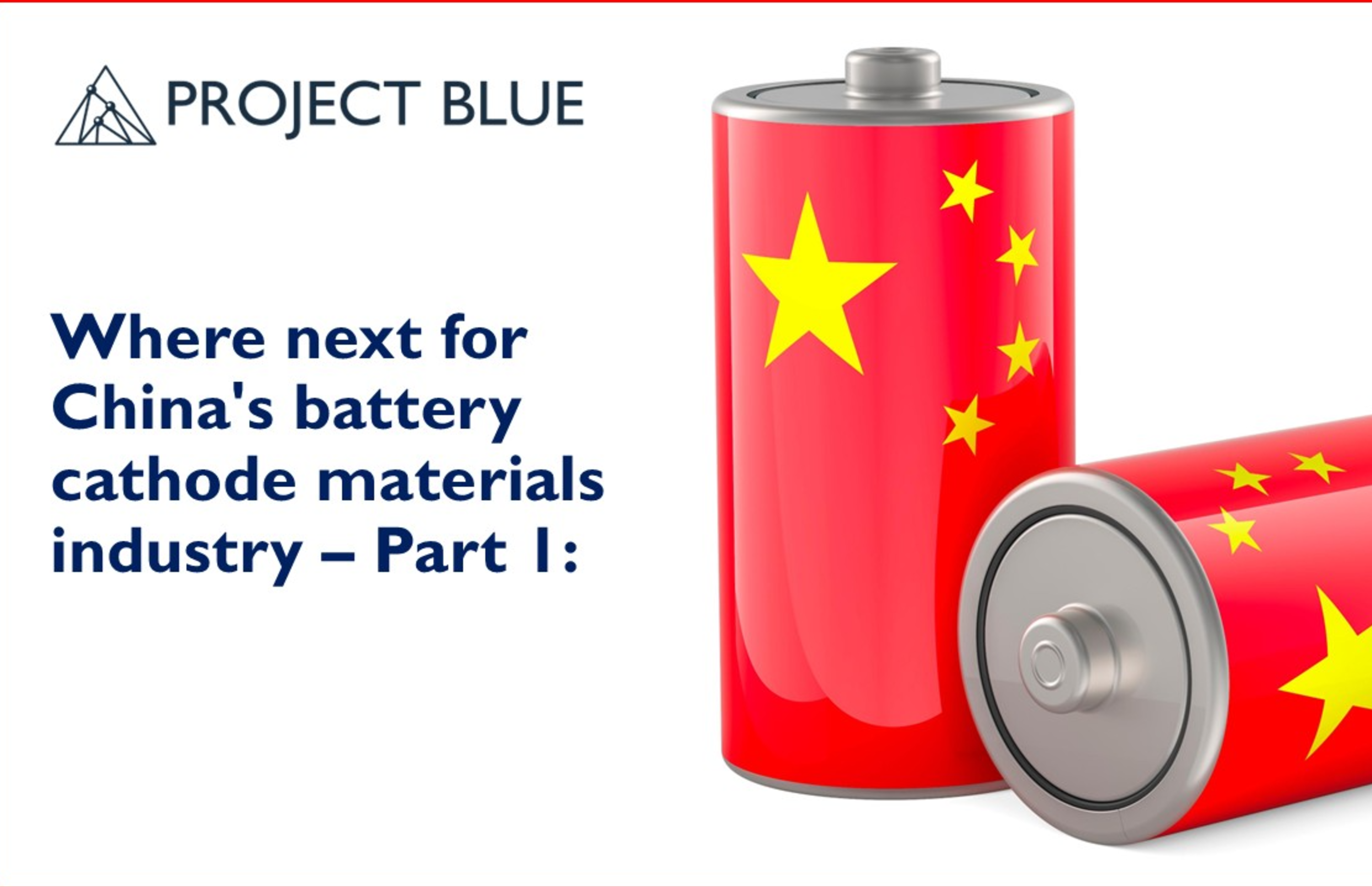Where next for China's battery cathode materials industry - Part 1:
News Analysis

28
May
2025
Where next for China's battery cathode materials industry - Part 1:
Although the growth rate of lithium-ion battery market demand in China has moderated compared to previous years, research and development within the midstream shows no sign of slowing down.
Project Blue recently attended the China International Battery Fair (CIBF), China’s largest battery exhibition, and from a battery materials perspective, provides a 3-part series to share our exclusive insights into the development status and trends under the current backdrop of slowing demand growth.
You can read Part 1 below. Parts 2 and 3 of the series will be published on Wednesday 4th June and Wednesday 11th June respectively.
Market participants continue to drive performance improvements for LFP
Lithium iron phosphate (LFP) cathode materials have rapidly expanded market share in China to around 70% over the past two years.
Through discussions with LFP manufacturers, the following insights into the market’s future development directions were gathered. Performance and cost reduction remain the core focus for the market.
High compaction density is poised to become mainstream
At present, while LFP demand continues to grow, the iteration of mainstream products is accelerating. Over the past two years, many manufacturers have invested in R&D and production of 3rd-generation (compaction density >2.5 g/cm³) and 4th-generation (compaction density >2.6 g/cm³) LFP materials to capture high-end market share.
High-grade products are achieving production scale-up alongside cost reductions, which are driven by declining lithium prices and enhanced process maturity.
The 3rd-generation LFP materials, where cost competitiveness and performance are adequate for most applications, are receiving heightened procurement focus in the short to medium term. In contrast, 4th-generation materials incur higher production costs compared to 3rd-generation due to additional processing steps.
This cost differential coincides with weakening downstream acceptance of premium pricing for incremental performance gains. Consequently, market demand has shifted from prioritizing high-energy-density products (compaction density >2.6 g/cm³) to emphasizing cost-effectiveness.
In the long term, 4th-generation and even 5th-generation materials may emerge as dominant grades through process innovation. In China, achieving higher compaction density primarily relies on secondary sintering, a method that increases energy consumption by nearly 30% and significantly elevates production costs.
Notably, some manufacturers have now developed 4th-generation LFP materials using single sintering processes, achieving both cost control and compliance with downstream specifications. Lopal Technology, a CATL supplier, has completed certification and plans for mass production, while other competitors are still undergoing process validation.
Once this technology matures and gains widespread adoption, the cost-performance ratio of high-compaction-density materials will improve substantially, potentially triggering demand resurgence.
For low density LFP materials, the pace of project cancellations will accelerate. Low-end LFP manufacturers can only improve competitiveness by enhancing their technical capabilities and upgrading products to counter evolving market demands and competition from alternative materials, such as sodium-ion batteries.
Overseas expansion is driven by offtakes and economic viability
China dominates global LFP material production capacity and manufacturers’ willingness to build overseas capacity is largely driven by downstream clients. For manufacturers, overseas ventures become economically viable only when paired with binding supply agreements that enable economies of scale through localised industrial synergies.
Compared to ternary materials (e.g. NCM), LFP materials face unique challenges, where the supporting industrial infrastructure outside China remains underdeveloped. For most manufacturers, independent overseas expansion carries high costs, low returns, or even risks of losses.